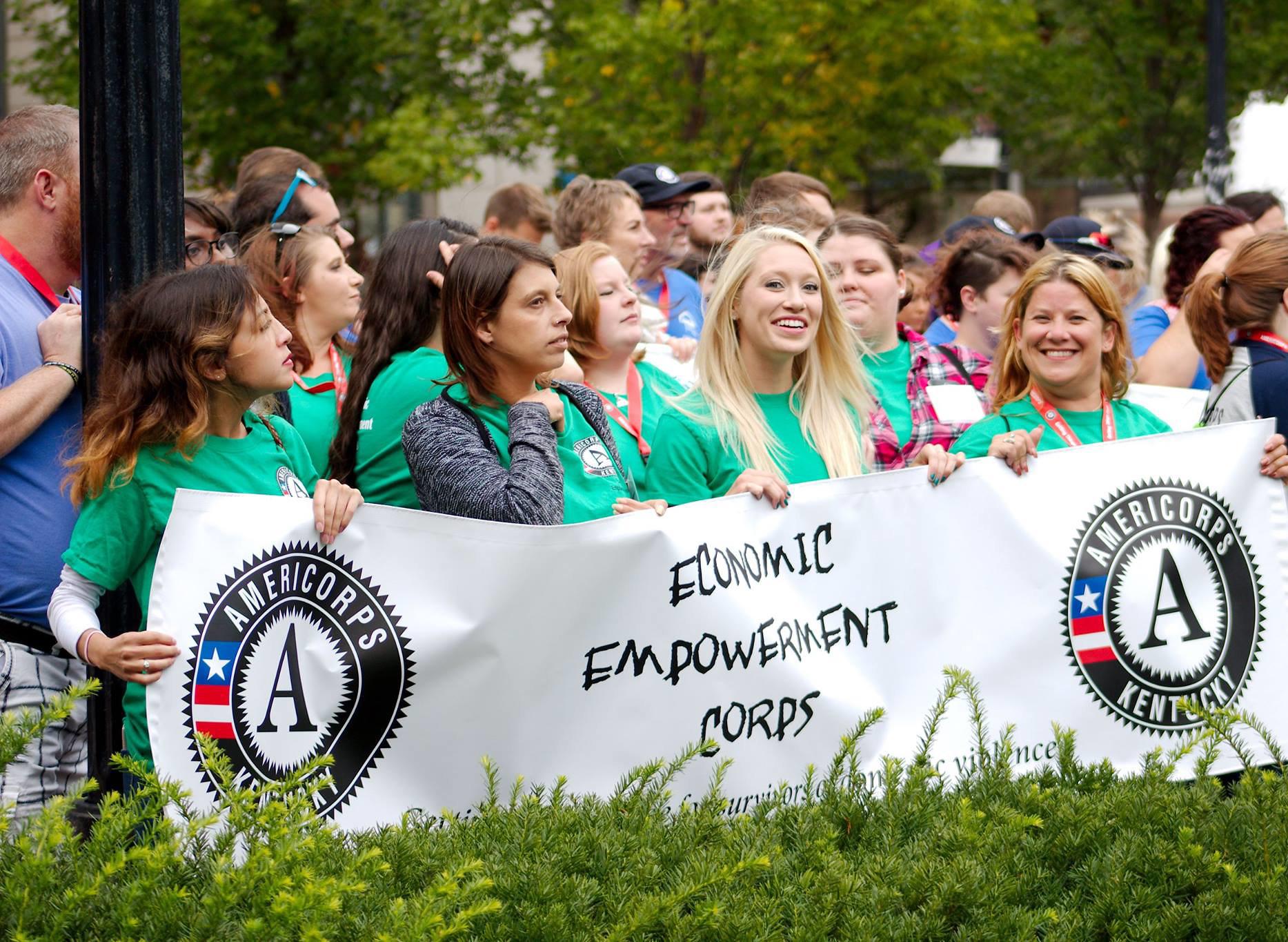Evaluation Methodology
This section describes the methods used to evaluate the impact of commissions. It describes the focus of the inquiry, research questions explored, sampling strategy, and the qualitative and quantitative methods used for data collection and analysis. Definitions
Focus of the Evaluation This evaluation focused on gathering data to inform the following research questions:
Research Question 1: What is the value that state commissions bring to their states? This primary focus of this evaluation is to capture and communicate findings from both quantitative and qualitative data about the value of state service commissions. The evaluators collaborated with commission staff to identify intended impacts for each commission. The evaluators determined common areas of impact to identify the following categories of intended impact on which to focus the evaluation. These impacts, along with other benefits commissions bring to their states, demonstrate the value of commissions.
Intended Impacts 1. AmeriCorps program leaders deliver efficient and effective service programs. 2. AmeriCorps program leaders deepen and expand their program’s impact. 3. AmeriCorps program leaders create meaningful and productive member experiences. 4. Social sector leaders develop the capacity to effectively engage volunteers and national service members. 5. Public officials become champions for service and volunteerism. 6. AmeriCorps members develop habits of civic engagement.
Research Question 2: What are the key catalysts of commissions’ impact? The evaluation is also designed to discover the critical catalysts influencing the impact in AmeriCorps program leaders, nonprofit and volunteer service organization leaders, and public officials in each state. By describing the factors and features contributing to the commissions’ potency, this evaluation provides insight into the kinds of strategies that give commissions a unique influence and effect. These insights not only inform the future of commissions’ work but also lend insight into how state service commissions can maximize impact individually and collectively.
AmeriCorps agency. The federal agency formerly known as the Corporation for National and Community Service (CNCS) that administers federal AmeriCorps funding to state commissions and AmeriCorps National programs. AmeriCorps National. AmeriCorps programs serving more than one state. AmeriCorps National funding is awarded and administered by the AmeriCorps agency. AmeriCorps State. AmeriCorps programs serving a single state. AmeriCorps State funding is awarded and administered by state service commissions. AmeriCorps VISTA. AmeriCorps members who are recruited by a sponsor organization and placed with local orgnanizations to build their capacity to address issues related to poverty. Social sector. The collection of nongovernmental and governmental organizations working to address social issues and advance social progress. Volunteer Service Organization (VSO). An organization that engages volunteers in service to achieve all or part of their mission.
E V A L U AT I O N R E P O R T: T H E V A L U E O F S TAT E S E R V I C E C O M M I S S I O N S
6





